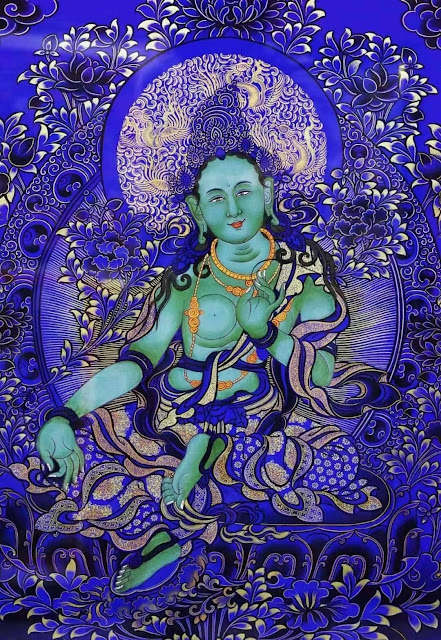Previous image collection and prior to that.
Thursday, May 30, 2024
Image collection
Analayo anapanasati lead through
Unfortunately there are ads in these YouTube audio meditation lead throughs, so you have to be alert to click off after 5 seconds. And they don't naturally cue up the next one, so you can see the next one on the right top after the ad video.
My mind gets into mental grooves, and I'm not sure they are always striving the hardest, so an option for me is to listen to someone else's lead through on meditation. I don't really like lead throughs of meditation but you can choose some masters from whom you will accept a meditation follow through. I'm choosing Analayo today.
These audios are from Barre Center for Buddhist Studies YouTube.
One (14 minutes)--I feel like you can skip this one because he starts again in the next one. Some people don't like to miss anything, so it's fine to not skip either.
Two (28 minutes) It's interesting to see the similarity with previous one. First tetrad. Calming bodily activity. There's a beautiful condor image floating on the winds.
Three (25 minutes) At one point, he talks about a mother watching children at the park without joining in.
The second tetrad tripped me up a little, I was perplexed by "calming mental formations". This is a good run through of what to do. What is different than the mind tetrad? I see it as emotion based thinking.
Four (24 minutes) Zooms through first 2 tetrads, and focuses on the mind tetrad.
Five (28 minutes)
Six (28 minutes)
I'm interested in his Satipaṭṭhāna meditations:
Just Sitting As Part of the System of Meditation by Subhuti on Free Buddhist Audio.
Thursday, May 02, 2024
Lama Govinda on Tara
Tibetans, therefore, call her 'dam-ishig-sgrol-ma', the Faithful Dölma, She is the embodiment of that faithful devotion, which is born of love and strengthened by the Bodhisattva vow to liberate all living beings. 'Dam-tshig' means literally 'a sacred or solemn vow', but in the mystic language of the Tantras it is the force generated by such a vow through faith and complete self-surrender. It is 'the faith that moves mountains, the wisdom of the heart. It corresponds in a certain way to the Sanskrit term 'bhakti', which in the theistic religions of India signites the loving devotion to and the ultimate self-identification with God. It is therefore more than sraddha, more than simple faith, because it is inspired by love. A 'bhakta' is a devotee as well as a lover.
'Dam-tshig' is the devotion for the Buddha in one's own heart. The syllable "dam' means "bound', 'fixed'; as, for instance, 'bound by oath, promise, agreement or convention (Skt. samaya)'. But in this connexion it is a bond of inner relationship through the power of loving devotion, by which the devotee dedicates himself to the Dharma and identifies himself with the Buddha who forms the centre of his mandala of meditation or the object of his devotional practice (sadhanã).
Foundations of Tibetan Mysticism pp.111-2









































